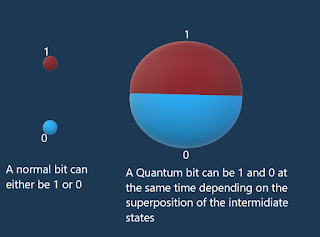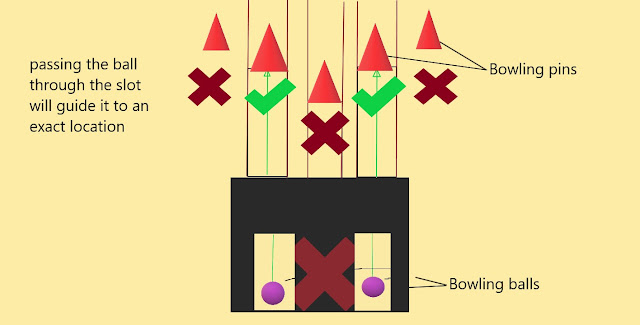The mystery of the missing matter !
Our solar system as we know it is composed of 8 planets, each one has its own unique orbit around the sun, and the farther the planet is from the sun the longer it takes it to achieve a complete rotation which is measured as a year Neptune for example which is the most distant planet around our solar system takes about 184.4 earth-years to a full cycle. This is due to the growing size of the orbit the farther away from the center and the decaying influence of the gravitational force applied by the sun.
by knowing that the earth take 365.25 days to achieve a full rotation around the sun we can calculate the earth's velocity by applying the formula V=2𝚷r/T .
Because the gravitational attraction of our Sun for the Earth is the centripetal force causing the Earth's circular motion around the Sun, we can use Newton's law of gravitation to find the mass of the Sun without visiting the Sun, knowing that :
F gravity = F centripetal
which can be translated into the following equation: G Mm/r² = m v²/r
and by simplifying the equation we get: M=v²r/G
so by knowing the gravity, the distance earth-sun and the earth's velocity we could easily calculate the mass of the sun. The same things applies for the spiral galaxies or at least this is what we thought !
As we expected that the velocity of planets situated into the edge of spiral galaxies to be very low compared to the one pulled to the center, we were surprised by discovering the complete opposite: the further away the planets were from the center the faster they moved around the galaxy's center.
by extracting the equation of V=√GM/r from the previous equations, the more r increases the more the velocity decreases , in addition to that the gravity force seems to be flattened out by the distance so it's uniform within the whole galaxy, as distance never mattered.
If F= GMm/r² knowing that G is a constant and F remains the same as r augments the only logical explanation is that the mass m at the edges of the galaxy is huge compared to the mass towards the center but that wasn't the case either.
The telescopic observations showed that the galaxy is more condensed toward the center and the gas cloud at the edges contained clearly a lower number of stars !!
So what's the settlement ?





Comments
Post a Comment